Home>diy>Building & Construction>What Is The Construction Cost Per Square Foot
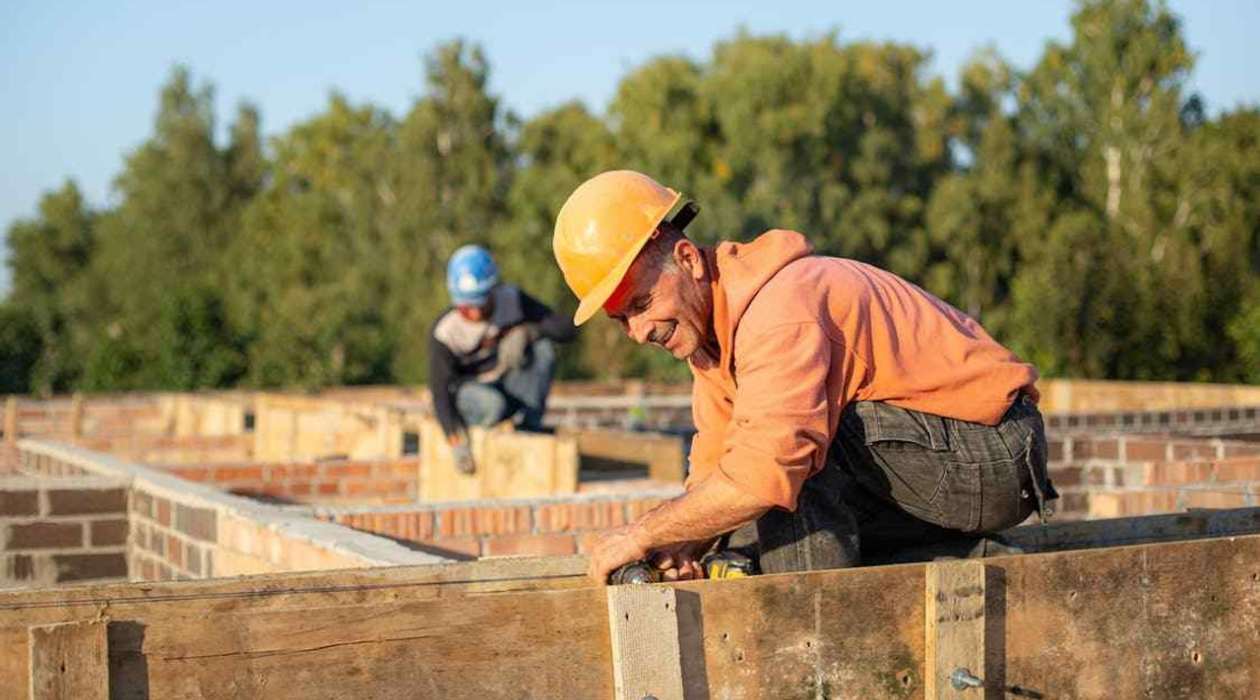

Building & Construction
What Is The Construction Cost Per Square Foot
Modified: October 29, 2024
Learn about the construction cost per square foot for building construction. Get insights on how to estimate and budget for your construction project.
(Many of the links in this article redirect to a specific reviewed product. Your purchase of these products through affiliate links helps to generate commission for Storables.com, at no extra cost. Learn more)
Introduction
In the world of construction, determining the cost per square foot is a crucial step in estimating and budgeting for a project. Whether you are planning to build a residential, commercial, or industrial structure, understanding the construction cost per square foot can help you make informed decisions and ensure that your project stays within budget.
Construction cost per square foot refers to the average cost of constructing a building per square foot of its total floor area. It includes the cost of materials, labor, equipment, permits, and other expenses associated with the construction process. This metric provides a baseline for comparing different projects and helps to estimate the overall cost of a construction project.
Calculating the construction cost per square foot is not a one-size-fits-all approach as it can vary significantly based on various factors such as location, type of building, materials used, labor costs, architectural complexity, and economic conditions. These variables make it important to understand the different factors that affect the construction cost per square foot and how they can impact your project’s budget.
In this article, we will explore the definition of construction cost per square foot, the factors that influence it, average costs by type of building, regional variations, methods to calculate it, and the benefits and limitations of using this metric in construction projects. By the end of this article, you will have a clearer understanding of how construction cost per square foot plays a critical role in construction budgeting and planning.
Key Takeaways:
- Understanding the construction cost per square foot is crucial for estimating and budgeting in building projects. It provides a standardized unit for comparing costs and helps in making informed financial decisions.
- Factors such as geographical location, building type, and market conditions significantly influence the construction cost per square foot. Careful analysis and consideration of these factors are essential for accurate cost estimation.
Read more: How Much Grass Seed Per Square Foot
Definition of Construction Cost Per Square Foot
Construction cost per square foot is a measurement used to estimate the cost of constructing a building based on the total floor area. It is calculated by dividing the total cost of the construction project by the total square footage of the building. This metric provides a standardized unit for comparing and estimating building costs across different types of structures, locations, and project sizes.
The construction cost per square foot includes all the necessary expenses associated with the building project, including but not limited to:
- Materials: This includes the cost of purchasing all the necessary construction materials such as wood, steel, concrete, roofing materials, insulation, electrical wiring, plumbing fixtures, and finishing materials.
- Labor: This encompasses the cost of hiring skilled laborers, construction workers, contractors, and subcontractors to carry out the construction tasks, including carpentry, masonry, plumbing, electrical work, and HVAC installation.
- Equipment: This covers the cost of renting or purchasing construction equipment and machinery required for the project, such as excavators, cranes, bulldozers, and scaffolding.
- Permits and Fees: This includes the expenses associated with obtaining the necessary building permits, inspections, and other regulatory fees.
- Architectural and Engineering Services: This covers the cost of hiring architects, engineers, and design professionals to create the building plans, structural calculations, and design specifications.
- Site Preparation and Excavation: This encompasses the cost of clearing the construction site, excavating the land, laying the foundation, and preparing the site for construction.
- Overhead and Contingency: This includes the indirect costs such as project management fees, insurance, legal fees, marketing expenses, and contingency funds to account for unforeseen circumstances or changes in the project scope.
By calculating the construction cost per square foot, project owners, developers, and contractors can estimate the total cost of the project based on its expected size. This estimation is crucial for budgeting, securing financing, and making informed decisions about the feasibility of the project.
It is important to note that the construction cost per square foot is an average figure and can vary based on factors such as geographical location, building type, quality of materials, market conditions, labor costs, and project complexity. Nevertheless, this metric provides a useful benchmark for estimating and comparing construction costs, allowing stakeholders to have a better understanding of the financial implications of their building projects.
Factors Affecting Construction Cost Per Square Foot
The construction cost per square foot can vary significantly depending on a multitude of factors. It is important to consider these factors when estimating and budgeting for a construction project. Here are some key factors that can influence the construction cost per square foot:
- Geographical Location: One of the primary factors that impact construction costs is the location of the project. Different regions have varying labor rates, material costs, and building code requirements. Urban areas generally have higher construction costs compared to rural areas due to higher land prices and increased competition.
- Type of Building: The type of building being constructed also plays a significant role in determining the cost per square foot. For example, residential buildings may have different cost considerations compared to commercial or industrial structures due to differences in design, purpose, and required amenities.
- Architectural Complexity: Buildings with intricate designs, unique features, or complex structural requirements often come with higher construction costs. These designs may require specialized skills, additional engineering work, and custom-made materials, increasing the overall cost.
- Quality of Materials: The quality of materials used in construction can have a significant impact on the cost per square foot. High-quality or premium materials tend to be more expensive, while lower-quality materials may be more affordable but might compromise the durability and lifespan of the building.
- Market Conditions: Construction costs can be influenced by the state of the overall market. During periods of high demand and limited supply, construction costs may increase due to higher labor and material prices. Conversely, during economic downturns or periods of low construction activity, costs may decrease as contractors offer competitive pricing to secure projects.
- Project Size and Scale: The size and scale of the project play a role in determining the cost per square foot. Smaller projects often have higher square foot costs due to economies of scale, whereas larger projects can benefit from bulk purchasing and streamlined processes, resulting in lower costs per square foot.
- Site Conditions: The condition of the construction site can also impact costs. Sites with difficult terrain, environmental challenges, or limited accessibility may require additional site preparation work, foundation reinforcements, or specialized equipment, leading to higher construction costs.
- Building Codes and Regulations: Compliance with building codes and regulations is essential in ensuring safety and quality. However, these requirements can impact construction costs. Stringent codes or specific design criteria may necessitate additional materials, inspections, or engineering work, increasing the overall cost.
It is crucial for project owners and stakeholders to carefully analyze and consider these factors when estimating the construction cost per square foot. By understanding these variables and their impact on the overall project budget, informed decisions can be made to ensure the success and financial viability of the construction project.
Average Construction Cost Per Square Foot by Type of Building
The construction cost per square foot can vary significantly depending on the type of building being constructed. Different types of buildings have distinct construction requirements, materials, and design considerations, which can impact their overall cost. Here are some average construction cost ranges per square foot for various types of buildings:
- Residential Buildings:
- Single-Family Homes: The average construction cost per square foot for single-family homes can range from $100 to $400, depending on factors such as location, quality of finishes, and customization options.
- Multi-Family Apartments: The average construction cost per square foot for multi-family apartments can range from $150 to $300, accounting for shared amenities and common areas.
- Custom Luxury Homes: The construction cost per square foot for custom luxury homes can exceed $500, considering high-end finishes, unique architectural features, and intricate designs.
- Commercial Buildings:
- Office Buildings: The average construction cost per square foot for office buildings can range from $200 to $500, depending on factors such as location, building class, interior finishes, and technological requirements.
- Retail Stores: The construction cost per square foot for retail stores can range from $150 to $400, considering factors such as location, size, complexity, and the need for specialized features such as storefront windows or custom shelving.
- Hotels: The average construction cost per square foot for hotels can range from $200 to $500, depending on factors such as location, number of rooms, amenities, and level of luxury.
- Industrial Buildings:
- Warehouses: The average construction cost per square foot for warehouses can range from $50 to $150, depending on factors such as location, size, height clearance, and required infrastructure.
- Manufacturing Facilities: The construction cost per square foot for manufacturing facilities can range from $100 to $300, considering specialized equipment, utility requirements, and regulatory compliance.
- Distribution Centers: The average construction cost per square foot for distribution centers can range from $100 to $250, depending on factors such as location, size, and required specifications such as loading docks and storage systems.
It is important to note that these average construction cost ranges are estimates and can vary based on several factors, including location, project size, market conditions, architectural complexity, and quality of materials. Additionally, costs can fluctuate over time due to changes in labor rates, material prices, and economic conditions.
When planning a construction project, it is recommended to consult with industry professionals, such as contractors, architects, and quantity surveyors, to obtain accurate cost estimations specific to your project’s requirements. By having a clear understanding of the average construction cost per square foot for your desired building type, you can better allocate your budget and make informed decisions throughout the construction process.
Regional Variations in Construction Cost Per Square Foot
The construction cost per square foot can vary significantly based on the geographical location of the project. Different regions have distinct labor rates, material costs, building code requirements, and market conditions, which can influence construction costs. Here are some key regional variations in construction cost per square foot:
- Urban Areas: Construction costs tend to be higher in densely populated urban areas due to higher land prices, increased competition for resources, and stricter building regulations. Cities such as New York, San Francisco, and London are known for their higher construction costs compared to rural or suburban areas.
- Rural Areas: Construction costs in rural areas are generally lower compared to urban areas. The lower cost of land, reduced competition, and less stringent building codes can contribute to lower construction expenses per square foot.
- Costal Areas: Construction costs can be higher in coastal areas due to the additional considerations of flood zones, high wind loads, and coastal erosion. These areas may require specialized construction techniques and materials to ensure the durability and resilience of the building.
- Developing Countries: Construction costs in developing countries can vary significantly based on their economic conditions, availability of labor, and local market dynamics. In some cases, construction costs may be lower due to lower labor rates and favorable exchange rates, making these countries attractive for certain types of construction projects.
- Developed Countries: Developed countries often have higher construction costs due to stricter regulations, higher labor rates, and more advanced building technologies. These factors can contribute to increased construction expenses per square foot.
- Regional Labor Rates: Labor rates can vary significantly from one region to another. Areas with high labor costs, such as major cities or regions with strong labor unions, can add to the overall construction cost per square foot.
- Material Costs: The availability and cost of construction materials can differ from region to region. Factors such as transportation costs, import/export duties, and local market dynamics can influence material prices, resulting in regional variations in construction costs.
- Building Code Requirements: Building codes and regulations can vary between regions, impacting construction costs. Some regions may have more stringent requirements that necessitate additional materials, inspections, and engineering work, thereby increasing the overall cost per square foot.
When estimating construction costs, it is crucial to consider the regional variations specific to your project’s location. Consulting with local contractors, architects, and industry professionals can provide valuable insights into these regional variations and help you develop a more accurate cost estimate based on the specific location of your construction project.
When calculating construction cost per square foot, consider factors such as materials, labor, site conditions, and project complexity. Get multiple quotes and thoroughly review the breakdown of costs to ensure accuracy.
Read more: Number Of Queen Size Bricks Per Square Foot
Methods to Calculate Construction Cost Per Square Foot
Calculating the construction cost per square foot is an essential step in estimating and budgeting for a construction project. There are several methods and approaches that can be used to determine this metric. Here are some common methods to calculate the construction cost per square foot:
- Historical Data: One approach is to analyze historical data from similar construction projects. By studying past projects with similar characteristics in terms of building type, size, and location, you can identify the average construction cost per square foot. This method relies on the availability and accuracy of historical cost data.
- Quantity Survey: A more detailed and comprehensive method is to conduct a quantity survey. This involves breaking down the project into various cost items, such as materials, labor, equipment, permits, and fees. Each item’s cost is estimated, and the total cost is divided by the total square footage to determine the construction cost per square foot. This method requires a thorough understanding of the project scope and a detailed cost analysis.
- Cost Estimating Software: Utilizing specialized cost estimating software can simplify and automate the process of calculating the construction cost per square foot. These software tools provide databases of construction costs, allowing you to input project specifications and generate accurate cost estimates based on predefined formulas and algorithms.
- Industry Cost Guides: Industry cost guides published by professional organizations, such as the Construction Specifications Institute (CSI) or the American Society of Professional Estimators (ASPE), provide average costs per square foot for various types of buildings. These guides can be used as a reference to estimate the construction cost per square foot based on prevailing industry standards.
It is important to note that regardless of the method used, the accuracy of the construction cost per square foot calculation depends on various factors, including the level of detail in the cost breakdown, the quality and reliability of the data used, and the accuracy of assumptions made during the estimation process.
Additionally, it is crucial to consider that the construction cost per square foot is a general estimate and may vary based on the unique characteristics of each project. Certain factors, such as architectural complexity, customization, and site conditions, may require adjustments to the estimated construction cost per square foot.
Considering the complexity of construction projects, it is recommended to consult with experienced professionals, such as quantity surveyors, contractors, and estimators, to ensure accurate and reliable cost estimations. Their expertise and knowledge of current market conditions can help you determine the most appropriate method for calculating the construction cost per square foot for your specific project.
Benefits and Limitations of Using Construction Cost Per Square Foot
The construction cost per square foot is a valuable metric that offers several benefits in estimating and budgeting for construction projects. However, it also has certain limitations that need to be considered. Here are the benefits and limitations of using the construction cost per square foot:
Benefits:
- Quick Estimation: The construction cost per square foot provides a quick and easy way to estimate the overall cost of a project. It allows project owners and stakeholders to get a ballpark figure early in the planning phase, helping with initial budgeting and decision-making.
- Benchmarking: Using the construction cost per square foot as a benchmark allows for comparisons between different projects or buildings of similar types. This benchmarking can help identify cost-saving opportunities, evaluate the competitiveness of bids, and assess the financial feasibility of a project.
- Budget Allocation: By knowing the construction cost per square foot, project owners can allocate their budget more effectively. They can prioritize areas or features within the building project based on their importance and how they contribute to the overall cost per square foot.
- Financial Planning: Knowing the construction cost per square foot helps project owners plan and secure financing for their construction projects. Lenders, investors, and financial institutions often require accurate cost estimates to evaluate the viability of a project and determine loan amounts or investment decisions.
- Scope Control: The construction cost per square foot helps in managing and controlling the project’s scope. By understanding the cost implications of design changes or additions, project stakeholders can make informed decisions that align with their budgetary constraints.
Limitations:
- Variability: The construction cost per square foot is an average figure and can vary based on numerous factors. These include project complexities, materials selected, labor rates, market conditions, and regional variations. Therefore, it is essential to consider these variables and make appropriate adjustments to the estimated cost per square foot.
- Lack of Detail: The construction cost per square foot provides an overall cost estimate but does not capture specific details of individual components or design elements. For a more accurate estimate, a detailed cost breakdown and analysis of each project item is necessary.
- Site-Specific Factors: The construction cost per square foot does not adequately account for site-specific factors such as environmental conditions, geotechnical challenges, or accessibility constraints. These factors can significantly impact construction costs and may require additional contingency funds or specialized solutions.
- Quality Considerations: The construction cost per square foot may not account for variations in quality, finishes, or customization. Higher quality materials and finishes may increase the overall cost per square foot, while more basic options may result in a lower cost. It is crucial to align the cost per square foot with the desired quality and level of finishes.
- Design Complexity: Projects with intricate designs or unique architectural features may have higher construction costs per square foot. The cost per square foot alone may not adequately capture the additional expenses associated with complex designs and specialized construction techniques.
It is important to recognize both the benefits and limitations of using the construction cost per square foot as a tool in estimating and budgeting for construction projects. While it provides a helpful starting point, it is essential to conduct further analysis and consider additional factors to develop a comprehensive and accurate cost estimate.
Read more: How Many HVAC Vents Per Square Foot
Conclusion
The construction cost per square foot is a fundamental metric in estimating and budgeting for construction projects. It provides a standardized unit for comparing costs across different types of buildings, regions, and project sizes. By understanding the factors that affect the cost per square foot, stakeholders can make informed decisions and effectively manage their construction projects.
Throughout this article, we have explored the definition of construction cost per square foot and discussed its importance in construction budgeting and planning. We have delved into the factors that can influence the cost per square foot, including geographical location, type of building, architectural complexity, and market conditions.
We have also considered the average construction cost per square foot for various types of buildings, recognizing the variability in costs based on factors such as building size, design, and finishes. Additionally, we have acknowledged the regional variations in construction costs and the need to consider location-specific factors when estimating the cost per square foot.
Furthermore, we have discussed different methods to calculate the construction cost per square foot, such as historical data analysis, quantity surveying, cost estimating software, and industry cost guides. Each method offers its own benefits and limitations, and stakeholders should carefully consider the specific requirements of their project when choosing a calculation method.
Lastly, while the construction cost per square foot provides valuable insights and serves as a useful benchmark, it also has limitations. These limitations include the need for detailed cost breakdowns, variations in quality considerations, site-specific factors, and the complexity of design. It is crucial to address these limitations and conduct further analysis to develop accurate and comprehensive cost estimates.
In conclusion, the construction cost per square foot is an essential tool in construction project estimation, budgeting, and decision-making. When used wisely, it can help stakeholders plan and allocate their budget effectively, benchmark their projects, and make informed financial decisions. However, it is important to remember that the cost per square foot is just one piece of the puzzle, and a thorough understanding of project-specific variables is necessary for accurate cost estimations.
Frequently Asked Questions about What Is The Construction Cost Per Square Foot
Was this page helpful?
At Storables.com, we guarantee accurate and reliable information. Our content, validated by Expert Board Contributors, is crafted following stringent Editorial Policies. We're committed to providing you with well-researched, expert-backed insights for all your informational needs.

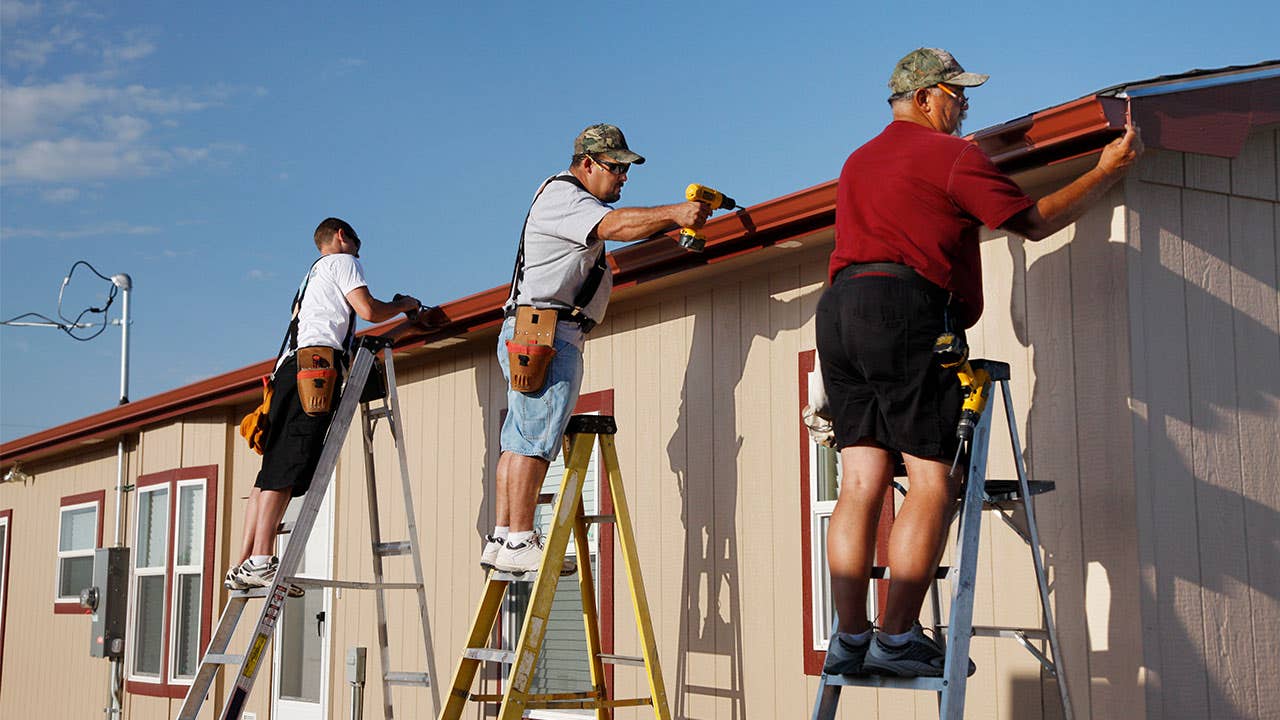
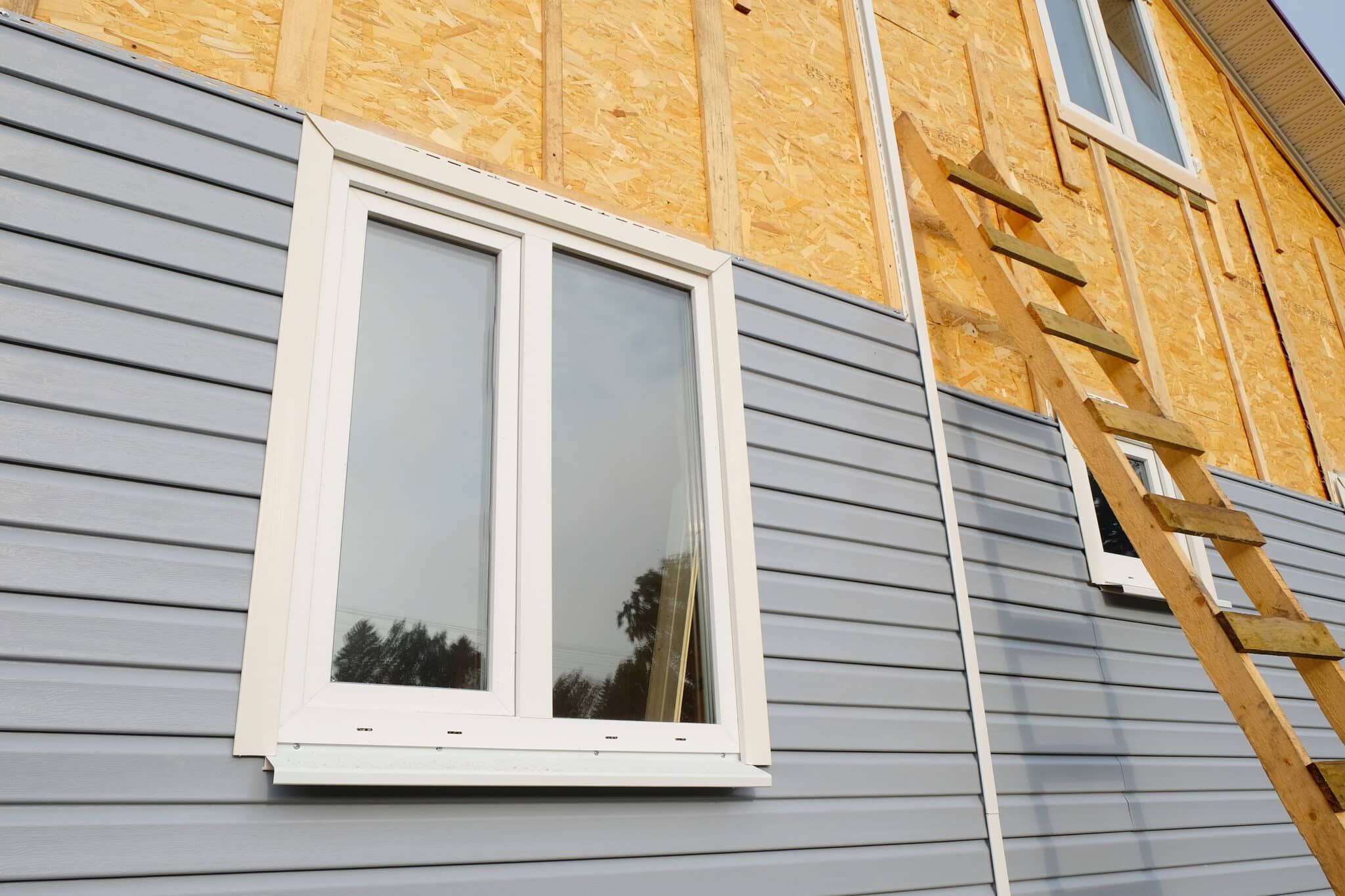
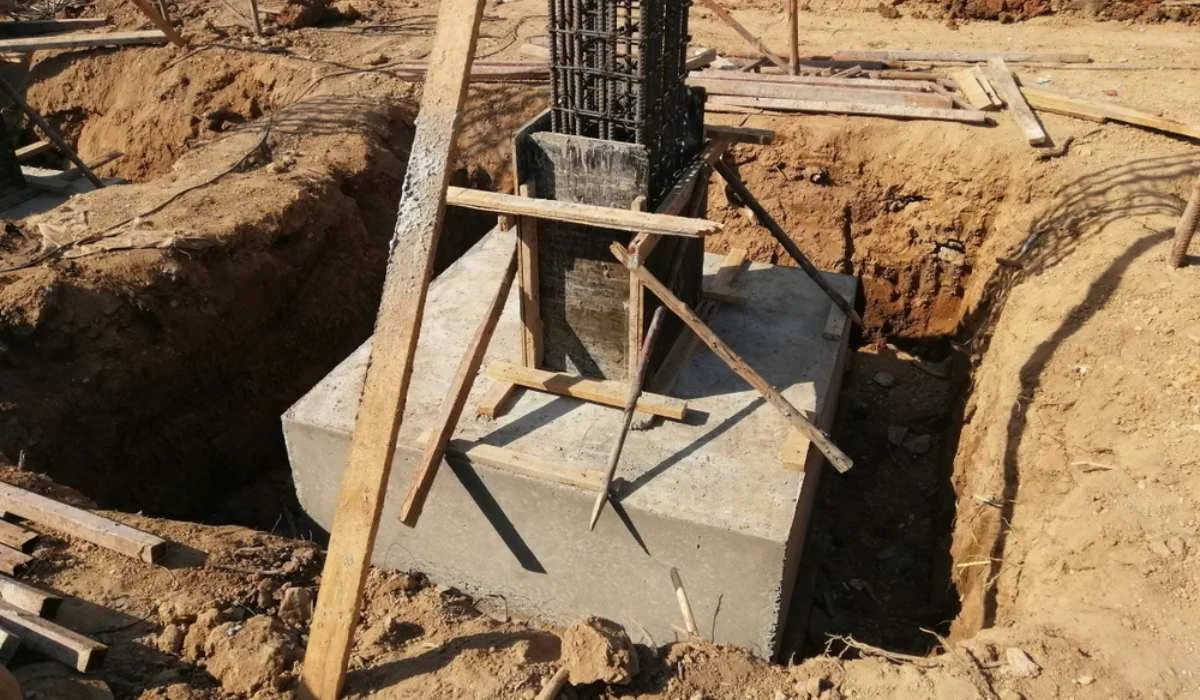


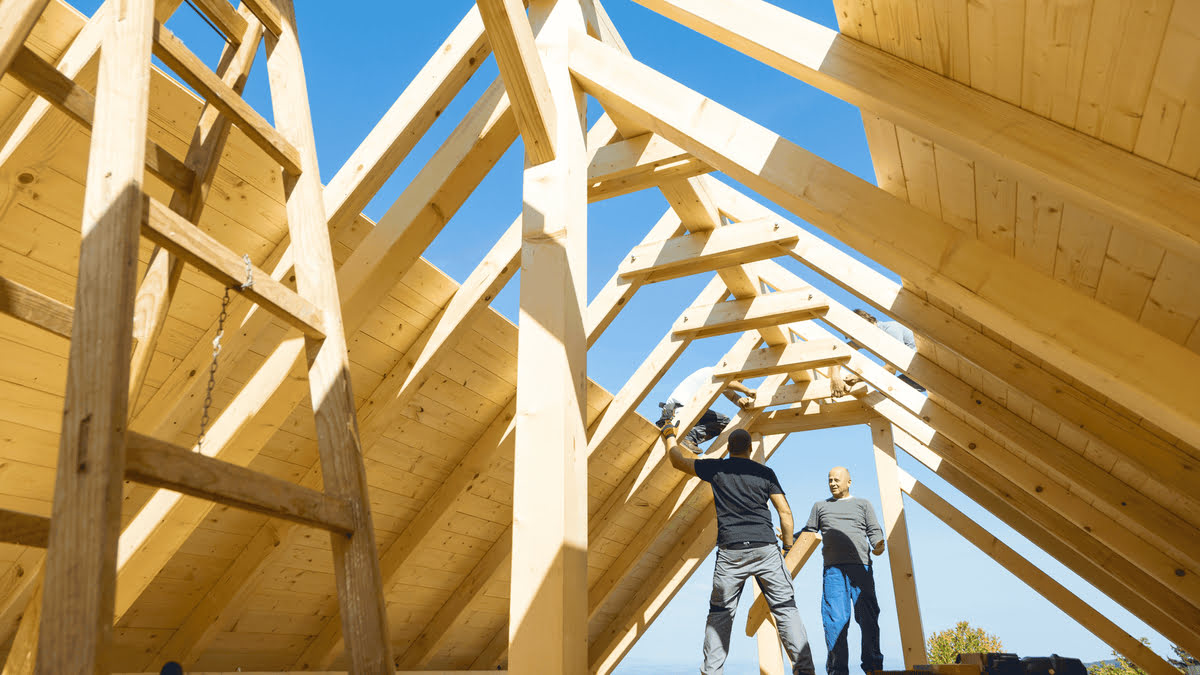

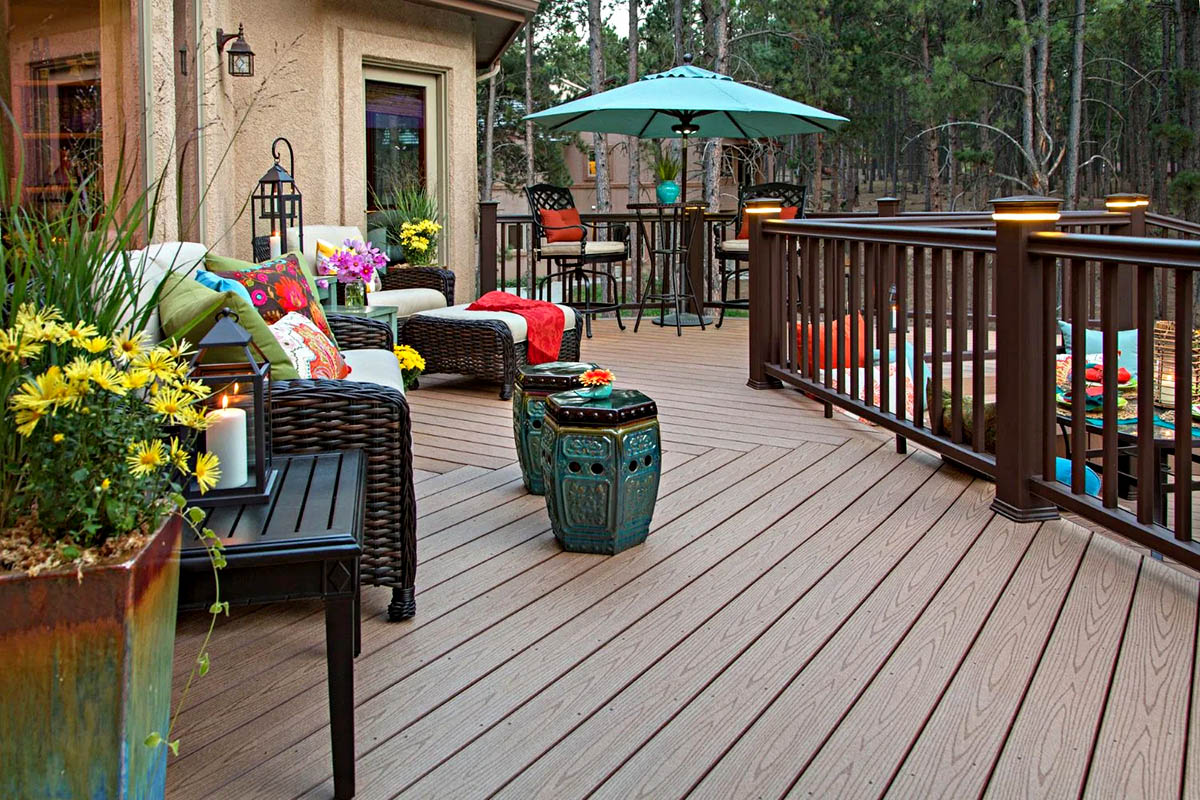
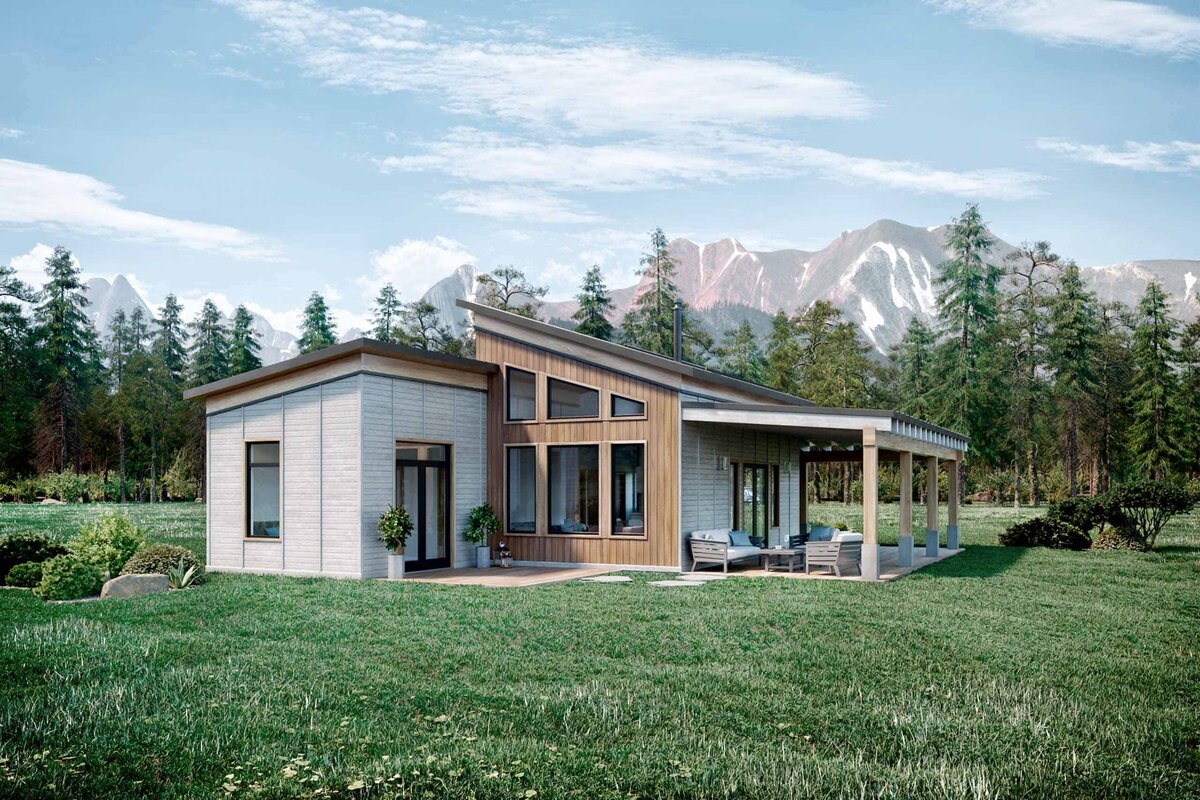


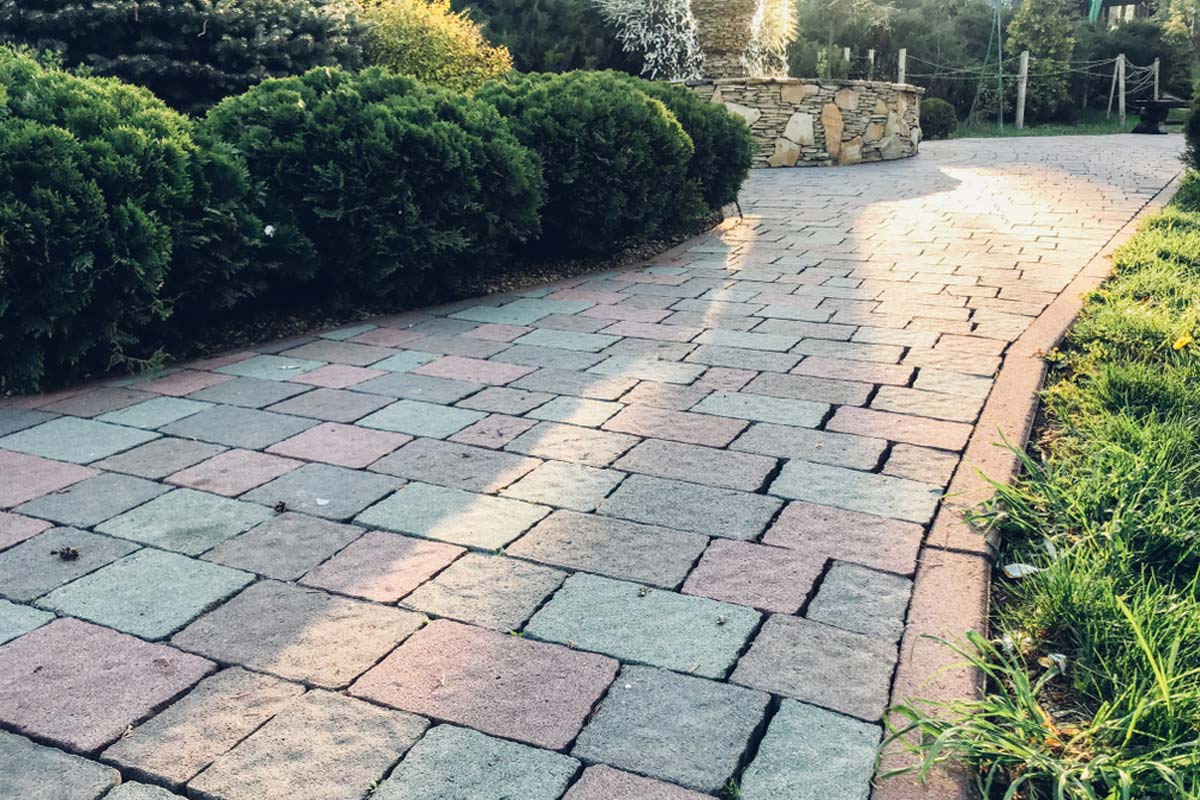

0 thoughts on “What Is The Construction Cost Per Square Foot”